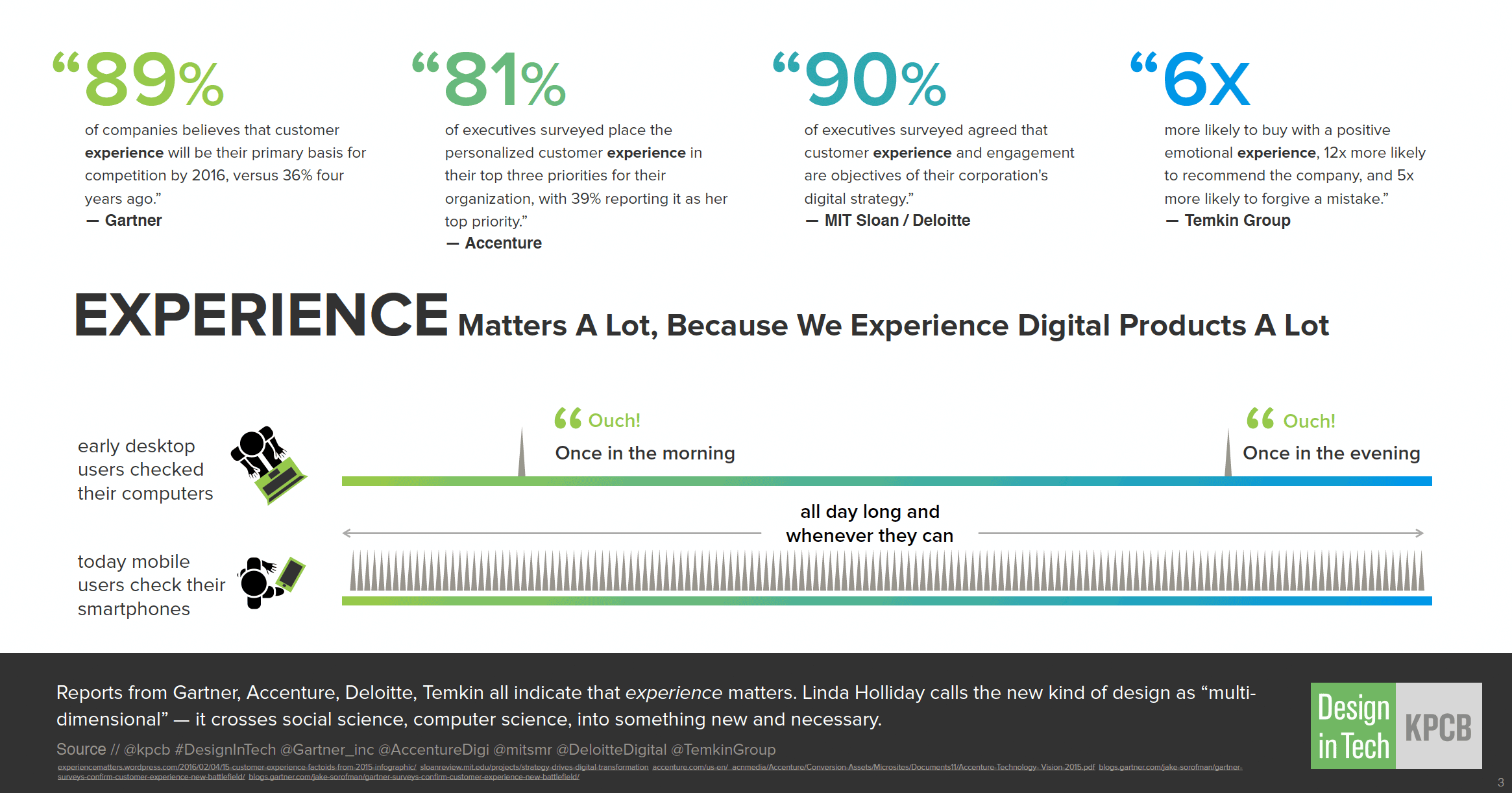Alleviating World Hunger to Stopping Fake News – Is Blockchain for Real?
Every day we hear “blockchain” is solving another of the world’s problems. Here are some highlights from 2017 so far;
- February 27th – Sweden tests blockchain technology for land registry
- March 6th – United Nations World Food Programme Uses Blockchain Technology to Alleviate Hunger
- March 24th – Alibaba to use blockchain to fight China’s fake food
- April 26th – Spotify acquires Blockchain start up Mediachain to solve music’s attribution problem
- May 22nd – Toyota pushes into blockchain tech to enable the next generation of cars
- May 28th – Stopping Fake News: DNN Uses the Blockchain for Factual Reporting
Its being claimed that Blockchain will enable the next generation of cars?… [Keep reading] “Alleviating World Hunger to Stopping Fake News – Is Blockchain for Real?”





